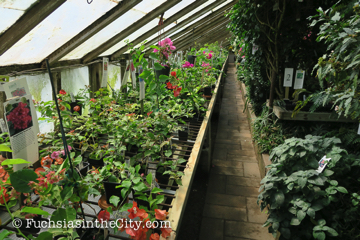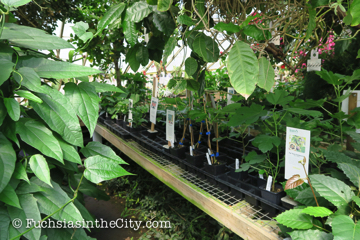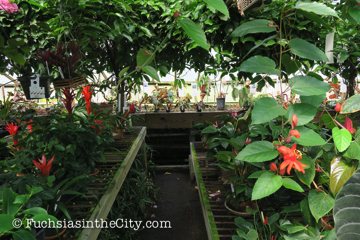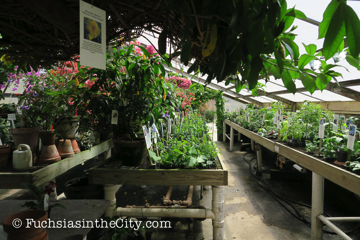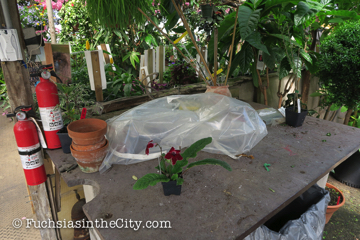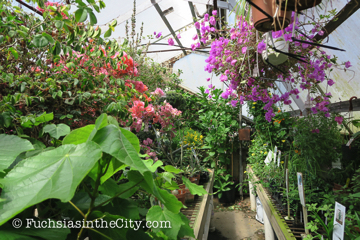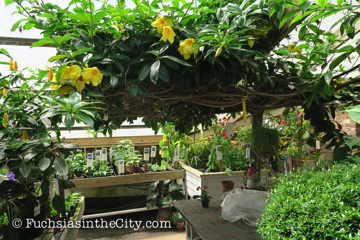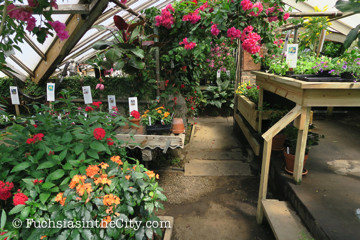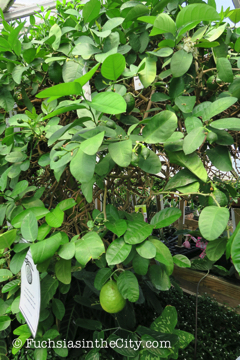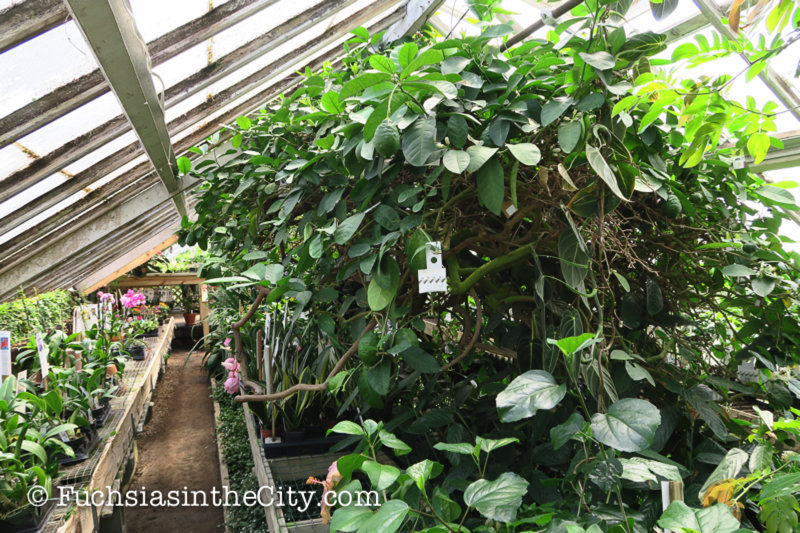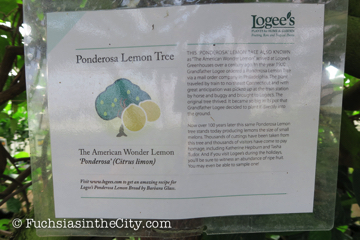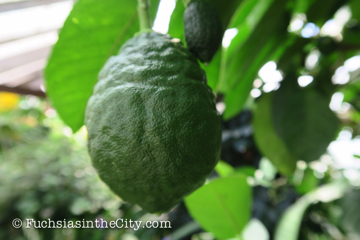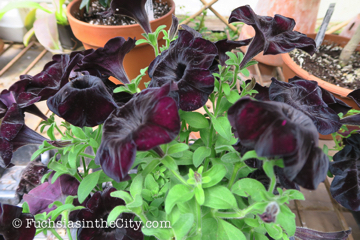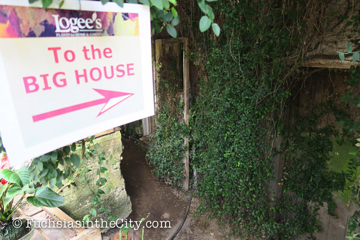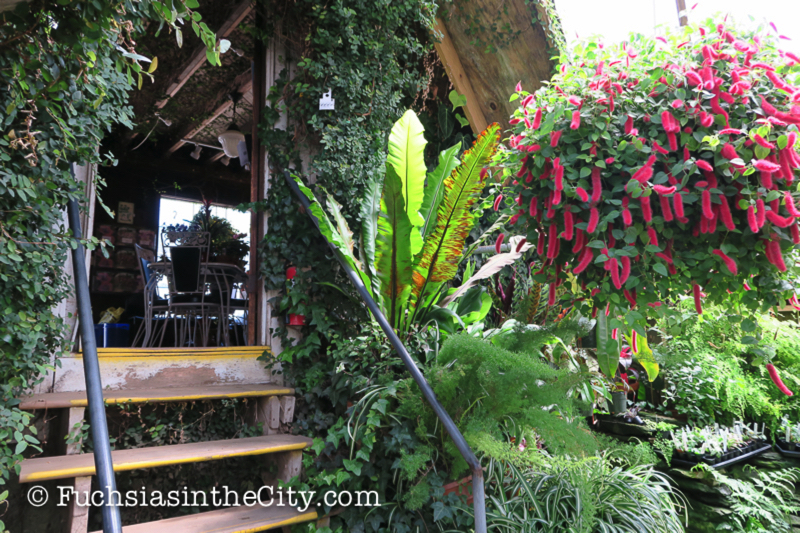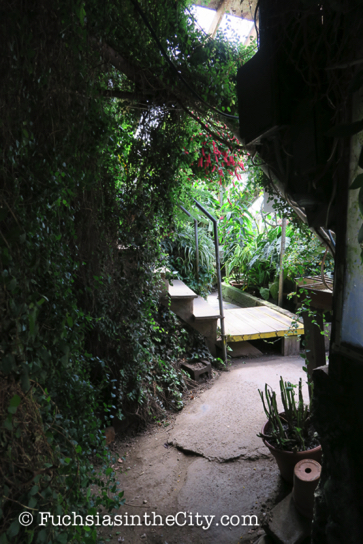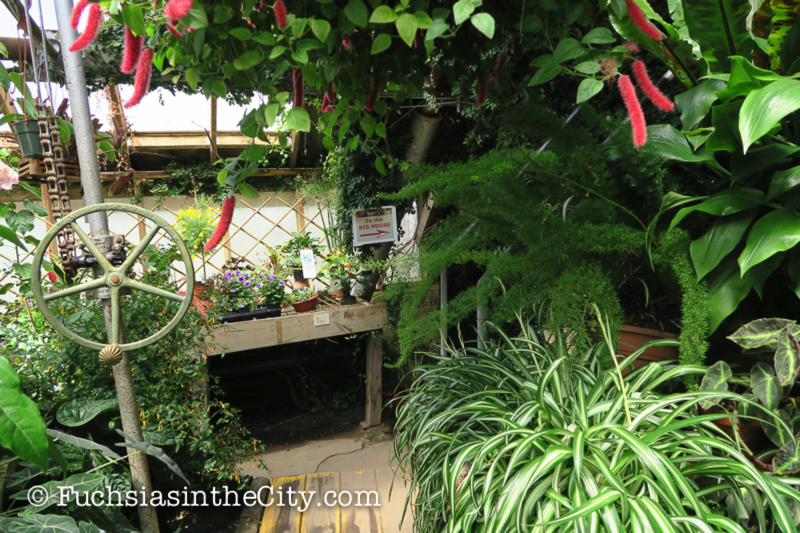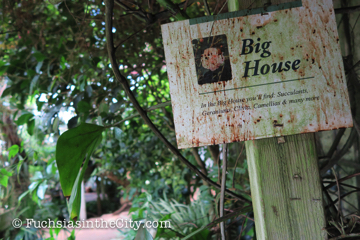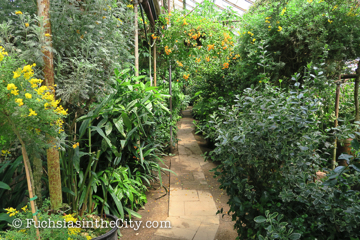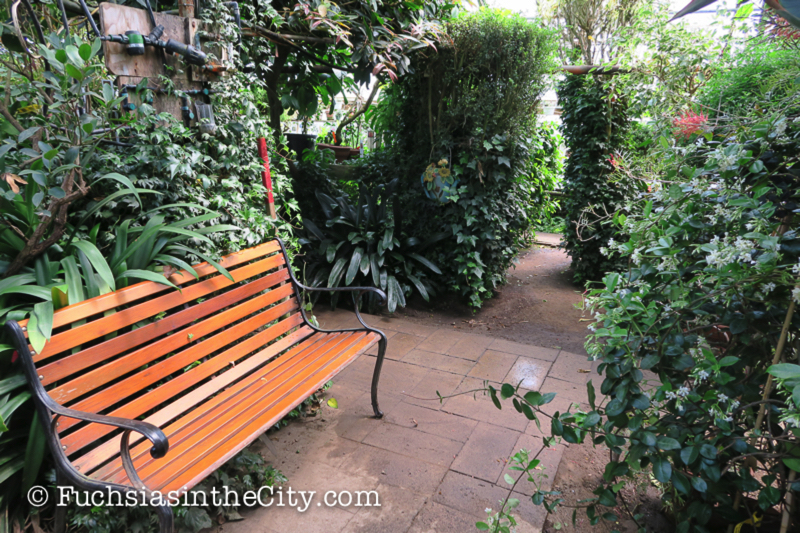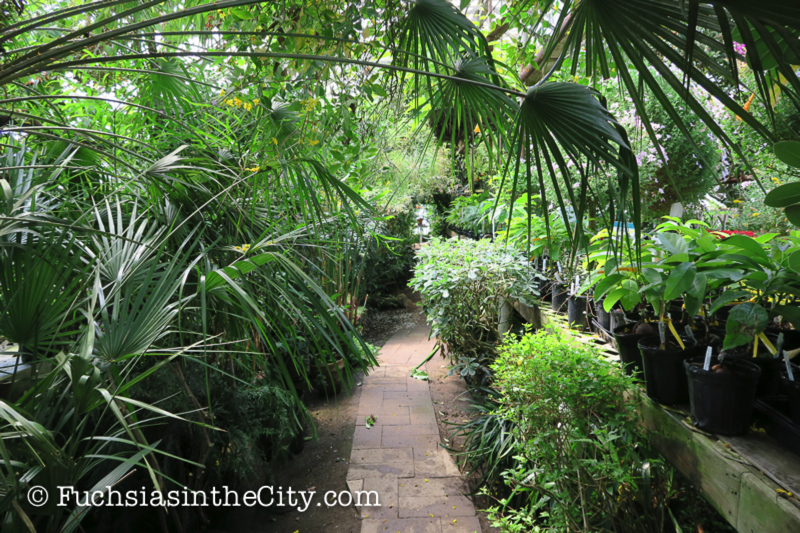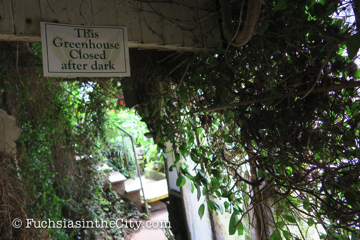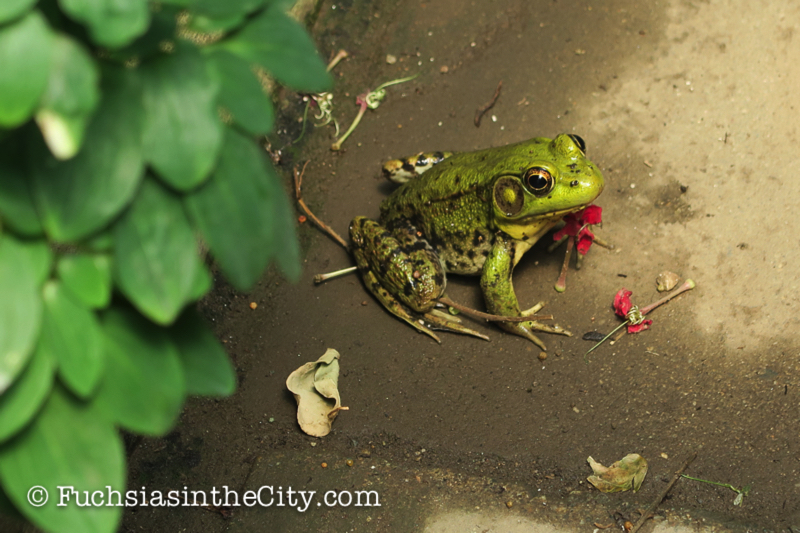An escape down the rabbit hole. Logee's Greenhouses
Friday, February 12, 2016
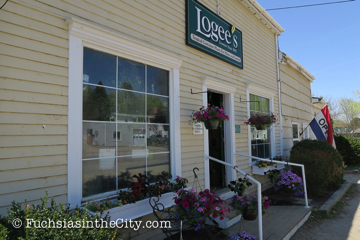
What’s a person to do? Escape down a rabbit hole, of course! Late last spring I was passing through Eastern Connecticut on my way back home from parts north and realized I was within a few miles of Logee’s Greenhouses in Danielson, Connecticut. The car turned itself. If you only know Logee’s from their legendary mail-order catalog or its website, you might only be vaguely aware of the wondrously mysterious maze of intricate greenhouses and passage-ways that make the place itself.
Logee’s started out as a simple cut-flower business in 1892. William Logee, however, soon seems to have caught on that the taste for tropical flowers and unusual plants for conservatories and parlors were the passion of his customers. In 1900, for example, he acquired a small Ponderosa Lemon tree, the so-called “American Wonder Lemon” due to the almost five-pound size its fruit could reach.
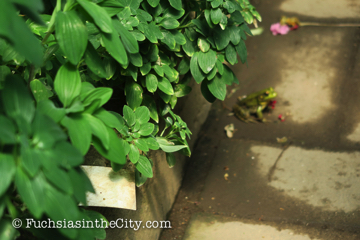
William Logee’s son, Ernest, turned the family’s attention to tropical plants in containers, especially hybridizing his own begonias. Ernest, unfortunately died as a young man in a fall from a tree he was pruning. William Logee died much later, in 1952, and his daughter, Joy Logee Martin, fully took over the business. The greenhouses remain in their family to this day. The first of Logee’s famous plant catalogues went out in the 1930s, with long lists of geraniums, herbs and begonias from Joy. It was Bryon Martin who would expand the greenhouses themselves and turn them in a destination to visit in the 1970s. (➤ Logee’s own long history.)
So, whether you’re bracing for the frozen embrace of a Polar Vortex, or just tired of the cold winter in general, come escape. Join me for a tumble down the rabbit hole into a wonderland world of refuge and tropical foliage called Logee’s. And if you’re ever in the general neighborhood, certainly take that tumble again for yourself.

